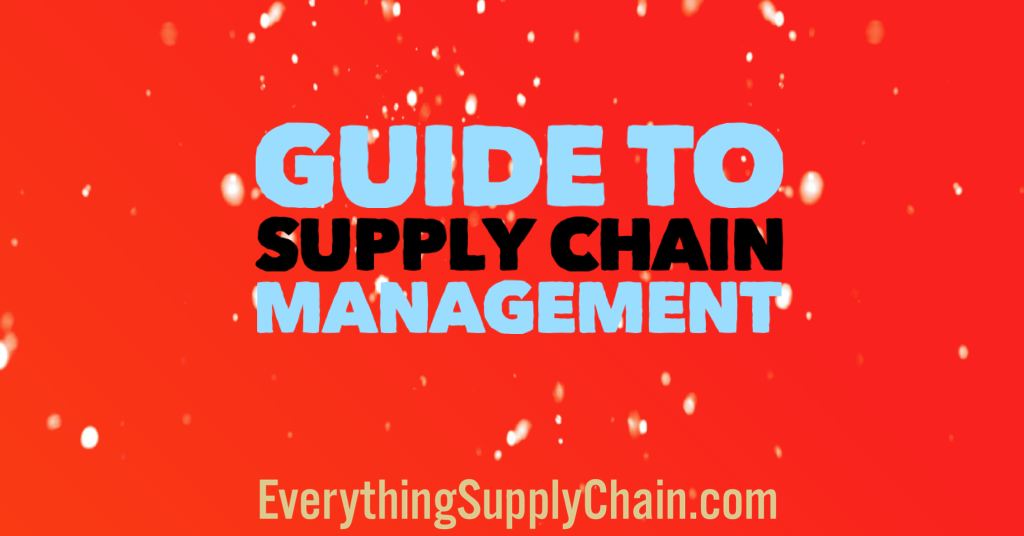Overview of Logistics and Supply Chain Management
Overview of Logistics and Supply Chain Management
Logistics is the process of planning, coordinating, and managing the movement and storage of goods, services, and information from the point of origin to the point of consumption. It is a critical part of supply chain management, which is the process of managing the flow of goods, services, and information from the raw materials stage to the end customer.
There are several key components of logistics and supply chain management, including:
- Procurement: Procurement involves the process of purchasing goods and services from suppliers. This includes identifying and evaluating potential suppliers, negotiating terms and conditions, and managing the purchasing process.
- Transportation: Transportation involves the movement of goods and materials from one location to another. This can include the use of various modes of transportation, such as trucks, trains, ships, and planes.
- Warehousing and storage: Warehousing and storage involves the management of goods and materials in a storage facility, such as a warehouse or distribution center. This includes activities such as receiving, storing, and distributing goods.
- Distribution: Distribution involves the process of getting goods and materials to the end customer. This can include the use of various channels, such as retail stores, e-commerce platforms, or wholesalers.
- Information systems: Information systems play a critical role in logistics and supply chain management by providing real-time data on inventory levels, transportation schedules, and other key metrics.
Overall, logistics and supply chain management involve the coordination and management of a wide range of activities to ensure that goods and materials are delivered to the end customer in a timely and cost-effective manner.
This is a 37 page presentation.
More Logistics and Supply Chain Videos.
- Converse Automated Distribution Center.
- Distribution Centers & Supply Chain Management Explained.
- ERP Quotes by Top Minds.
- Horizontal Carousel Warehouse Automated Storage and Retrieval System – ASRS.
- IKEA Distribution Center in Savannah, GA. What do people think?
- Need Supply Chain Training? Try these resources.
- Overview of Logistics and Supply Chain Management.
- Perishable monitoring with smart sensor tags – results of the European PASTEUR project
- Supply Chain MBA – enhance your knowledge and be a top performer.
- Supply Chain Resources by Topic & Supplier.
- Walmart Advanced Vehicle Experience Concept Truck.
- What is Supply Chain Management?






